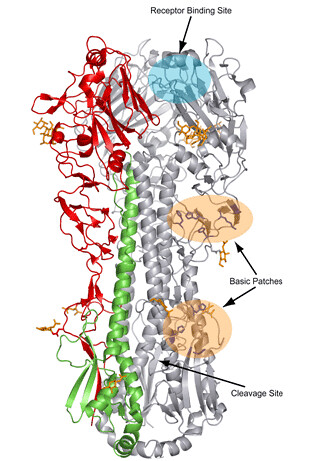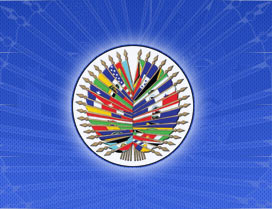 NYTimes | Tests show that eight students at a Queens high school are likely to have contracted the human swine flu virus that has struck Mexico and a small number of other people in the United States, health officials in New York City said yesterday.
NYTimes | Tests show that eight students at a Queens high school are likely to have contracted the human swine flu virus that has struck Mexico and a small number of other people in the United States, health officials in New York City said yesterday.The students were among about 100 at St. Francis Preparatory School in Fresh Meadows who became sick in the last few days, said Dr. Thomas R. Frieden, New York City’s health commissioner.
“All the cases were mild, no child was hospitalized, no child was seriously ill,” Dr. Frieden said.
Health officials reached their preliminary conclusion after conducting viral tests on nose or throat swabs from the eight students, which allowed them to eliminate other strains of flu. Officials were also suspicious since some St. Francis students recently had been to Mexico, where the outbreak is believed to have started.
UPDATE: New York Mayor Michael Bloomberg says that the Centers for Disease Control and Prevention has confirmed that students at a city high school were infected with swine flu.The president in Mexico assumed emergency powers to deal with the crisis, which has killed at least 81 people and infected about 1,300 others. All public gatherings have been banned, including more than 500 concerts and sporting events and the popular bicycle rides on closed boulevards.
New York officials previously had said they were eight "probable" cases, but tests later confirmed that it was indeed swine flu. Bloomberg stressed that the cases were mild and many are recovering.
The city is awaiting the tests of additional samples to see if more St. Francis Preparatory School students were infected.
About 100 students complained of flu-like symptoms at the school. Some students went to Cancun on a spring break trip two weeks ago.
Dr. Margaret Chan, the director-general of the World Health Organization, said the events in Mexico “constitute a public health emergency of international concern.”
The W.H.O. convened an emergency meeting of experts on Saturday, but the panel adjourned without raising the global pandemic alert level, saying it wanted more information. Some experts expressed surprise that no action was taken since the Mexico outbreak seems to meet the definition of a Level 4 alert — sustained human-to-human transmission of a new virus. The alert has been at Level 3 for years because of small clusters of human cases of avian flu.
In the United States, so far, at least 11 swine flu cases have been confirmed. Seven were confirmed in San Diego and Imperial Counties in California and two in Kansas. In Texas, two 16-year-old students at Byron Steele High School in Cibolo, near San Antonio, were confirmed to have swine flu, and one of their classmates was suspected to have the virus. There have been no deaths, and officials said most of the 11 seemed to be recovering.






























